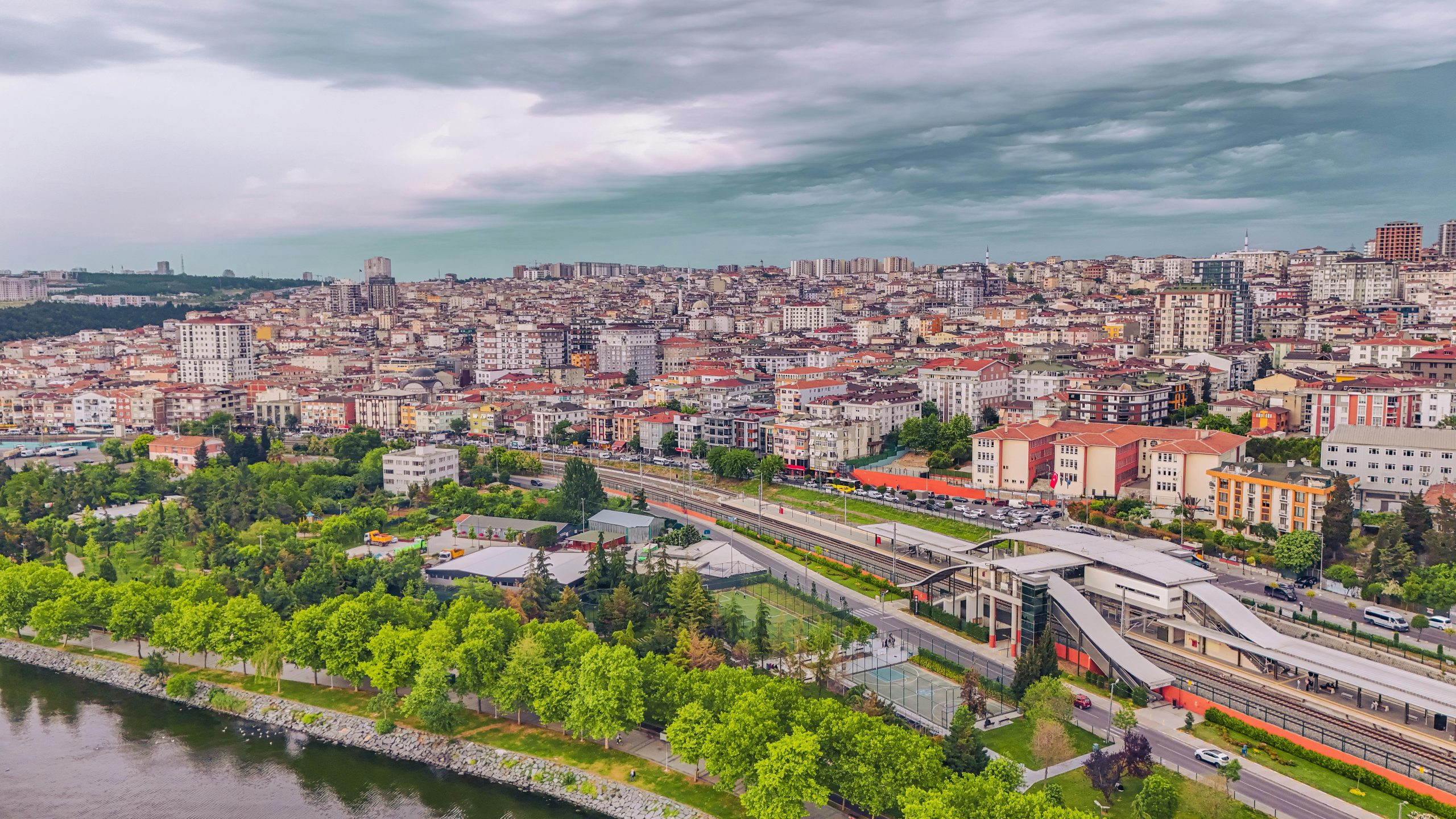Urban Sprawl Sparks Debate Over Growth
Urban sprawl is a term commonly used to describe the unchecked, rapid expansion of urban areas into surrounding rural or undeveloped land. While this growth is often attributed to population increase and economic development, it has sparked a heated debate over its potential consequences and effects. Some view urban sprawl as necessary for progress and economic prosperity, while others argue that it leads to negative environmental, social, and economic impacts. As cities continue to grow and expand, the discussion over urban sprawl and its implications becomes more relevant than ever. Let’s take a closer look at this controversial issue and explore both sides of the debate.
The Pros of Urban Sprawl
Economic Growth and Development
One of the main arguments in favor of urban sprawl is that it drives economic growth and development. As cities and urban areas expand, new businesses, industries, and job opportunities arise. This leads to increased economic prosperity and a better standard of living for residents. In fact, the expansion of urban areas has been a critical factor in the economic success of many developed nations around the world.
Improved Infrastructure and Services
With urban growth comes improved infrastructure and services. As more people move into an area, there is a need for better roads, public transportation, and utilities. As a result, cities invest in upgrading and expanding their infrastructure, which benefits both new and existing residents. Additionally, urban sprawl often leads to the creation of new schools, hospitals, and other essential services, making urban areas more livable for its inhabitants.
Increased Housing Options
Urban sprawl also provides a variety of housing options for residents. As cities grow, new housing developments and neighborhoods are built to accommodate the increasing population. This creates a range of choices for people looking to buy or rent a home, from single-family houses in the suburbs to apartments in the city center. This diversity allows individuals and families to find a living situation that best suits their needs and budget.
The Cons of Urban Sprawl
Environmental Impact
One of the most significant concerns surrounding urban sprawl is its impact on the environment. As cities continue to expand, green space and natural habitats are destroyed, leading to a loss of biodiversity and air pollution. Additionally, the spread of urban areas often results in a higher carbon footprint due to increased traffic and energy consumption, contributing to climate change. It’s clear that urban sprawl has a significant effect on our planet and should be carefully considered in any discussion about urban growth.
Social Disparities
Another issue with urban sprawl is the social disparities it can create. As cities expand, low-income communities are often pushed out to make room for new developments. This leads to gentrification and displacement, making it difficult for marginalized communities to afford housing and access essential services. Furthermore, urban sprawl can also contribute to segregation, with wealthier individuals moving to the suburbs and leaving behind low-income neighborhoods in the city center.
Financial Strain on Local Governments
The cost of urban sprawl is not only limited to its impact on the environment and society, but it also takes a toll on local governments. As cities grow, so does the need for services and infrastructure, which can be a significant financial burden. This includes maintaining and expanding roads, utilities, and other public services. Furthermore, urban sprawl often leads to a decline in tax revenue for cities as businesses and residents move to the suburbs, leaving behind struggling city centers.
The Verdict
It’s undeniable that urban sprawl has both positive and negative effects. While it brings economic growth and development, improved infrastructure, and a range of housing options, it also has significant environmental, social, and financial consequences. To effectively manage urban growth, it’s crucial to strike a balance between progress and sustainability. This can be achieved through efficient urban planning and smart development that considers the needs of both residents and the environment.
In conclusion, the debate over urban sprawl and its implications for growth is ongoing, and both sides have compelling arguments. As cities continue to expand, it’s crucial to carefully consider the impact of urban sprawl and work towards finding sustainable solutions for future development. Only then can we ensure that our cities continue to thrive without sacrificing the well-being of our planet and its inhabitants.











